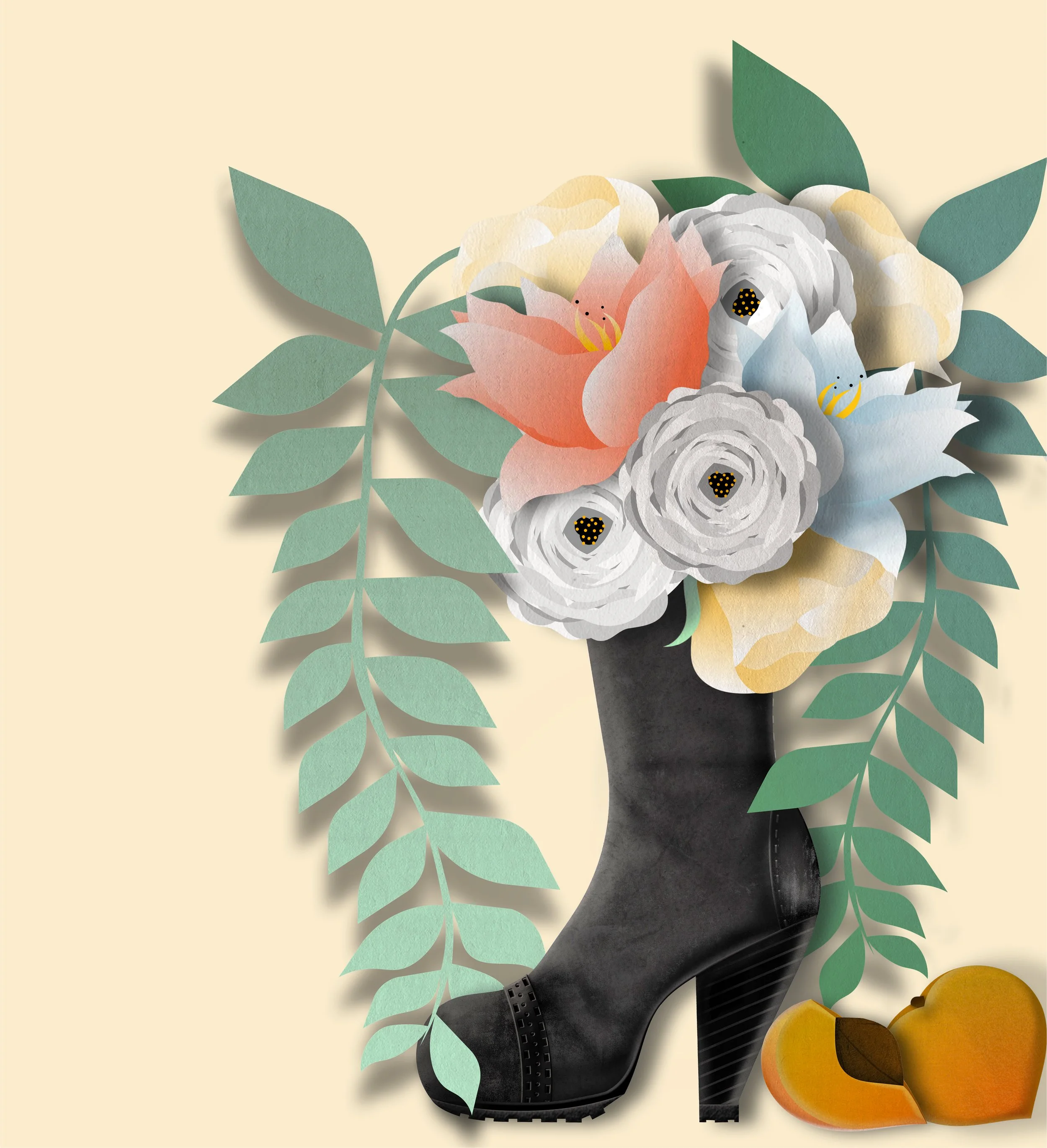What’s a Selfor?
/self • ôr/
noun
1 a: a second or altered version of oneself; an alter ego
b: a close and trusted confidant; a familiar friend
2: a completely made-up word; total gibberish, do not use this in a sentence if you want anyone to know what you’re talking about
3: a confident, self-assured mood or persona
My high school art teacher once assigned my class what he called a “non-representational self-portrait.” We could use any medium we wanted to create a piece that represented us—what it couldn’t be was literal.
While the other students quickly got to work on their visions of self-expression, I faltered. Up to that point, my classwork had been declarative, and mostly consisting of bold but impersonal political statements: huge installations painted with Lichtenstein-esque bullets, a collage of 9/11 headlines, moody black-and-white portraits of my male friends standing in front of a drooping American flag. It was all very literal and of-the-9/11-moment—yes, kids, I was in high school on September 11th.
Running out of time, I turned to what I knew. I brought in a pair of Mudd jeans and an old black T-shirt from Wet Seal—the uniform I wore like a second skin. I coated them in Mod Podge, glued them flat to a heavy piece of composite wood, and smeared thick globs of paint to resemble flames. The acrylic flames took a week to dry, but that was okay. Decorative flames were very à la mode.
I had decided that I am what I wear. That was as abstract a concept as I could muster.
My art teacher was unimpressed. He grumbled something about “wasting paint.” The finished product was too heavy to hang in the halls with the rest of the portraits, so it languished in the school art studio until he finally asked me to please, for the love of God, take it home.
Two decades later, I’m pretty sure he wasn’t wrong about the paint. And I wasn’t wrong about me: I understood then that style and identity are intertwined, and my sense of self is still stitched closely to what I pull on every morning.

